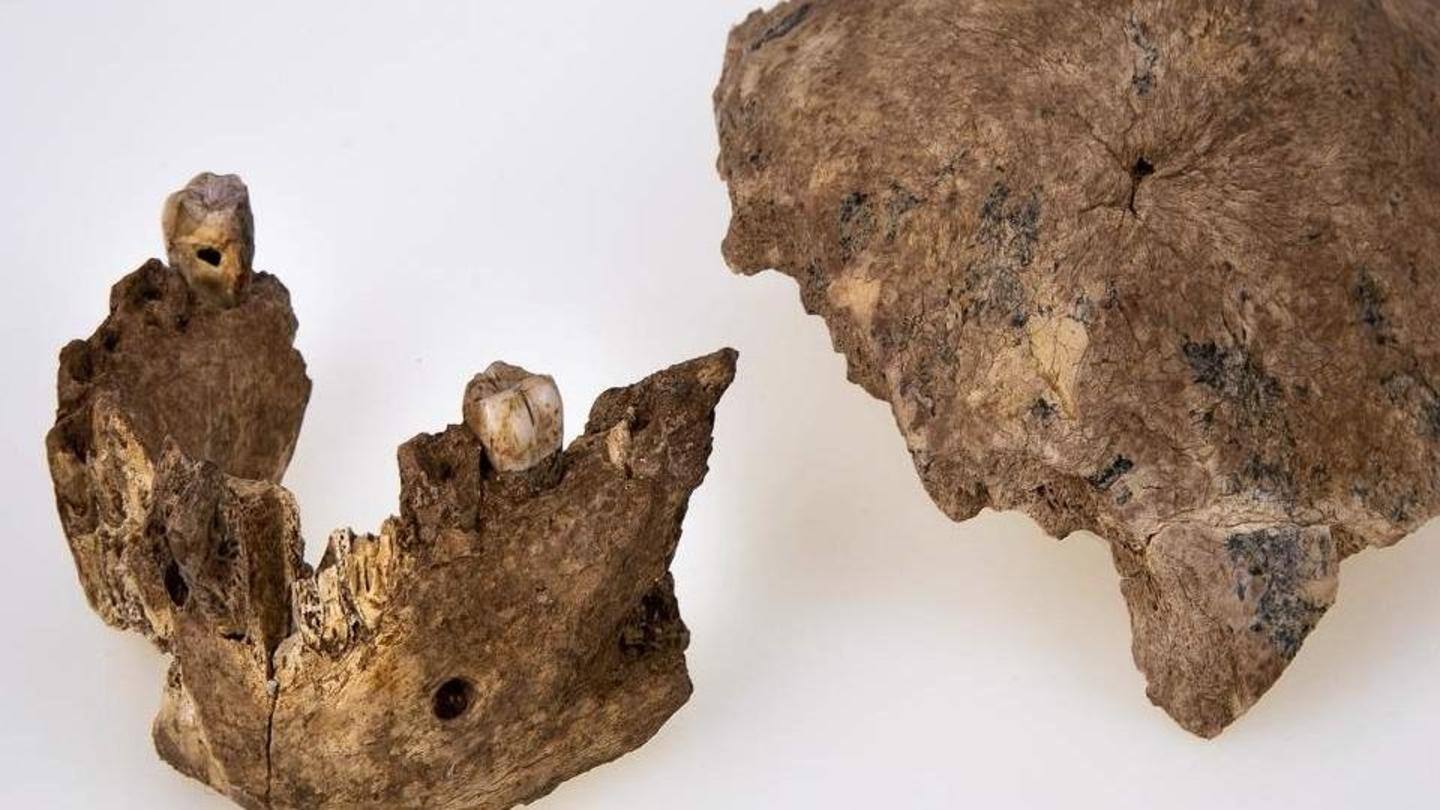
A new mystery human species has been discovered in Israel
What's the story
An international group of archaeologists has discovered a missing piece in the story of human evolution. Excavations at the Israeli site of Nesher Ramla have recovered a skull that may represent a late-surviving example of a distinct Homo population, which lived in and around modern-day Israel from about 420,000 to 120,000 years ago.
Study
Analysis suggests the concerned person wasn't fully Homo sapiens
Researchers Israel Hershkovitz, Yossi Zaidner, and colleagues detail in two companion studies published in Science that this archaic human community traded their culture and genes with nearby Homo sapiens groups for many thousands of years. Pieces of a skull and an almost complete mandible (jaw), were dated to 140,000 120,000 years old, with analysis finding the person it belonged to wasn't fully H sapiens.
Information
They were neither Homo sapiens nor Neanderthal
Nor were they Neanderthal, however, which was the only other type of human thought to have been living in the region at the time. Instead, this individual falls right smack in the middle: a unique population of Homo never before recognized by science.
Fossils
Fossils likely came from a hominin group related to Neanderthals
The researchers determined that the fossils likely came from a hominin group closely related to Neanderthals and sharing many of their features, such as the shape of the lower jaw. The scientists also believe that there are enough similarities to link this group to other populations found in prior cave excavations in Israel dating to around 400,000 years ago.
Research
Remains likely of some of the last survivors
"This group probably inhabited the region from around 400,000-100,000 years ago," said Tel Aviv University Physical Anthropologist Israel Hershkovitz, another co-author. He said the remains found at Nesher Ramla are likely from some of the last survivors of a once very dominant group in the Middle East. Prior research showed that homo sapiens modern humans also lived in the region at the same time.
Story
Homo sapiens and Neanderthal-like groups probably overlapped in Middle East
Scientists believe that the arrival of homo sapiens in Europe presaged the decline of Neanderthals there, but the story may have been different in the Levant region, the crossroads between North Africa and Eurasia. The new findings add to research showing that homo sapiens and Neanderthal-like groups overlapped in the Middle East over a significant amount of time, probably tens of thousands of years.
History
The study leads to lots of new questions: Paleoanthropologist
Sheela Athreya, a Texas A&M University Paleoanthropologist who was not involved in the study, said the new research "gives us a lot to think about in terms of the history of population groups in this region." "It also makes us think about how they may have interacted with populations in other regions, in Europe and North Africa," she said.
Information
'Fossils seem to be a lineage heading toward Neanderthal'
"The Nesher Ramla fossils look like something on a lineage heading toward Neanderthal," said Eric Delson, a Paleoanthropologist. He characterized the findings as "fossils of what appears to be an intermediate variety this group may be predecessors to Neanderthals in this area."